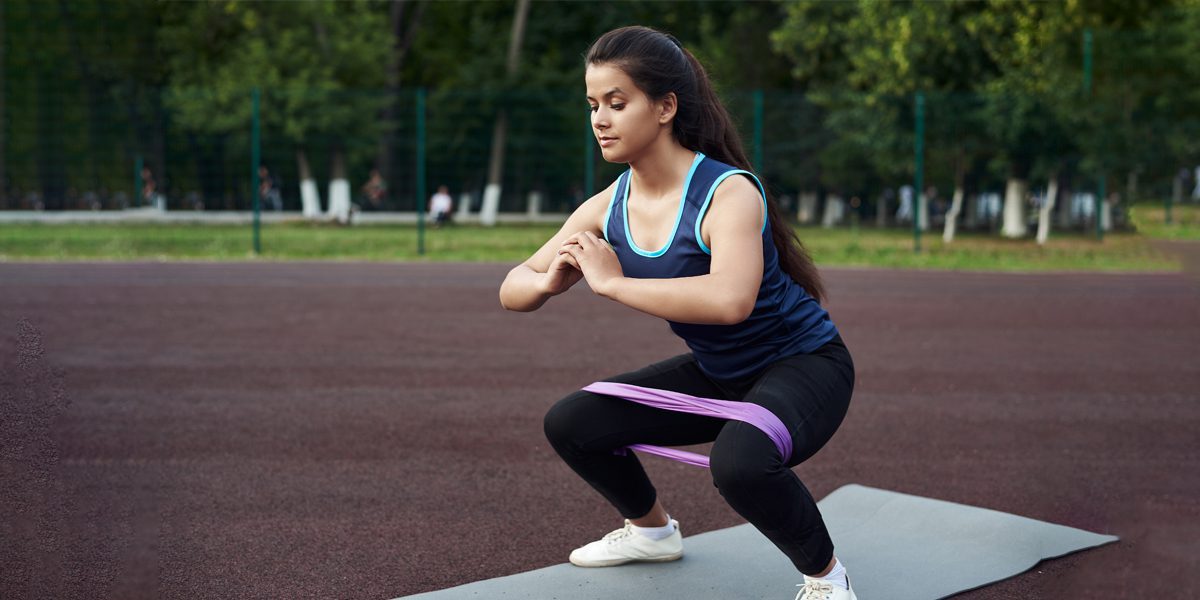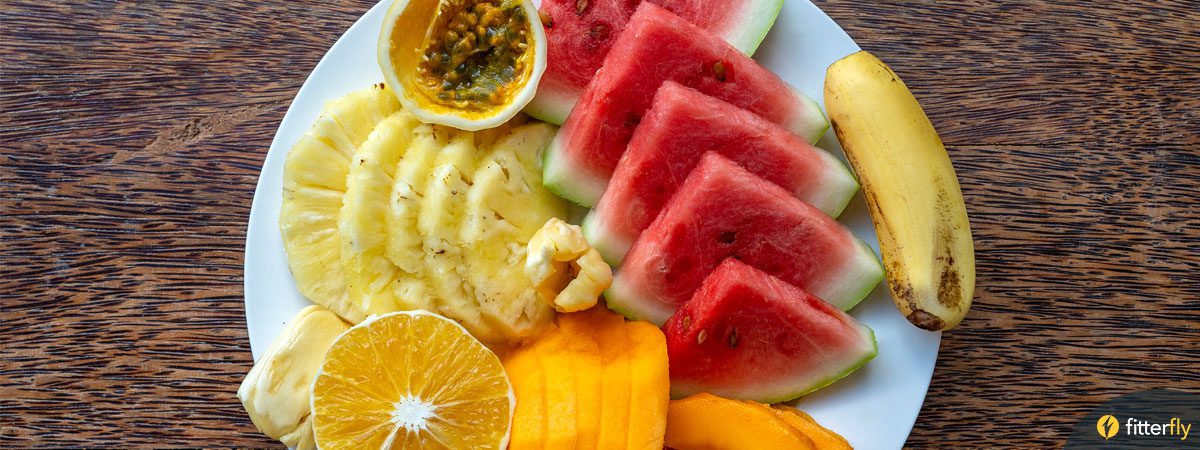Hypoglycaemia in Type 2 Diabetes

Hypoglycaemia, or low blood sugar, is a condition in which the blood sugar levels drop below 70mg/dl. In people with type 2 diabetes, it occurs when there is not enough glucose (sugar) in their blood.
Why it happens
Here are some of the reasons why hypoglycaemia may occur in people who have type 2 diabetes:
1. Due to insulin:
In people with type 2 diabetes, hypoglycaemia may occur as a result of taking insulin, or as a result of certain medications that you are taking for treating type 2 diabetes.
- Having too much insulin can surely lower your blood sugar levels. With the newer forms of insulin, these instances can be reduced, especially cases of overnight dips in blood sugar levels.
- Using an insulin pump may also, to some extent, reduce the risk of low blood sugar levels.
- In some cases, accidentally taking too much insulin, injecting the wrong type of insulin or injecting it directly into the muscle may also lower blood sugar levels to a drastic level.
2. Due to food:
Your eating habit can also have a direct impact on your blood sugar levels.
- Not taking enough carbohydrates as part of your regular diet may be responsible for a significant & sudden dip in your blood sugar levels. It is important to get a personalised diabetic diet chart.
- If you are taking the prescribed amount of insulin, but not eating enough carbohydrates, this can result in an imbalance and cause the blood sugar levels to drop.
- Having a balanced diet is important. A meal that contains a balanced amount of fats, proteins and fibres will help in the proper absorption of carbohydrates, thus creating a balance.
- When you take carbohydrates in the form of liquids, these get absorbed in your body much faster than when you intake carbohydrates in the form of solid foods. As a result, timing your insulin to match the absorption of carbohydrates is crucial.
- Improper food combinations can also result in blood sugar spikes, which can later lead to a sudden dip in blood sugar levels.
Signs and symptoms
Common symptoms:
Here are some of the earliest signs and symptoms of hypoglycaemia in type 2 diabetes:
- Feeling dizzy
- Tremors or shaking
- More than regular hunger pangs
- Sweating
- Mood swings
- Headaches
- Feeling irritable
- Faster heart rate
- Feeling nervous or anxious
- Heavy night sweating
- Feeling tired or irritable when you wake up
- Regular episodes of nightmare
Severe symptoms:
In case the condition is not treated in time, it can lead to a severe hypoglycaemia. This can further cause severe symptoms such as:
- Problems in speaking or slurred speech
- Weakness in the muscles and/or difficulty in movement
- Problems in eating and drinking
- Confusion and incoherency
- Seizures or convulsions
- Jerkiness or clumsiness in movement
- Blurry vision
- Drowsiness
- Becoming unconscious
- Can be fatal in severe cases
What to do
In cases of hypoglycaemia in type 2 diabetes, the 15-15 rule can often act as a stabilizer.
- The 15-15 rule means that to raise your blood sugar to the required levels, you take 15 grams of carbohydrates or simple sugar, and monitor your blood glucose after 15 minutes.
- If the levels of glucose are still lower than required, repeat the process and check after 15 minutes of consuming another 15 grams of carbohydrate.
- The idea is to keep repeating the process till your blood sugar levels reach at least 70mg/dl.
- Once your blood sugar levels reach the required level, have a regular meal or snack to ensure that the levels do not dip again.
Preventing low blood sugar levels in type 2 diabetes:
One of the best ways to ensure that your blood sugar levels do not dip is to follow your medical team’s advice on managing your diabetes. It is also important to know how to detect hypoglycaemia so that you can start treating it at the earliest.
- Regularly monitor your blood sugar levels. You can either use a continuous glucose monitoring (CGM) machine or a meter. These are known to give the most accurate and closest readings of blood sugar levels in real-time and can help you prevent a dip in the levels. Diabefly Pro includes a CGM sensor application for 2 weeks, to collect over 1300+ data points to create a highly personalised type 2 diabetes management plan.
- Regular monitoring will also help you get an idea of the times of day or night when your blood sugar levels are at risk of falling below the required levels. This means that you can be prepared for it when it happens.
- Take a reading of your blood sugar levels before and after your meals. Also, known as pair readings.
- If you are exercising, make sure to take the reading before and after each exercise session. If you are exercising for a long period of time, take a blood sugar reading in between the session.
- Take a reading before you go to bed.
- If you have an intensive workout session planned during late evenings or at night, take a reading of your blood sugar levels in the middle of the night.
- If there is any change in your routine, such as if you have just started a new insulin routine, have a new work schedule, are travelling (especially in different time zones), or have a new food or exercise routine, monitor your blood sugar levels and keep track.
- You can use the Fitterfly app to keep track of your blood sugar readings.
Make a note
- Track episodes you have of low blood sugar levels. You can use the Fitterfly App to track your blood sugar levels.
- Keep a note of all your symptoms, as this will help your medical team assess your health better. You can use the fitterfly app to log your systems.
- Speak to your doctor and get a list of snack items you can keep handy to help in case of a sudden blood sugar drop.
Immediately consult a doctor if:
- The patient suffers a seizure or becomes unconscious.
- If you are experiencing low levels of blood sugar more than once a week, update your doctor.
Do not:
- DO NOT give insulin in case of low blood sugar levels or hypogycaemia. This can make the blood sugar levels drop even further.
- DO NOT give fluids or foods as it may lead to choking, especially if the person is having difficulty in drinking or eating.
Always keep your medical info handy and on your person. Make sure you list all your health conditions, medications, allergies and important contacts in a health card and carry it on you at all times. This will help in emergencies and will enable others to get you the right treatment at the right time.
Fittertake:
Hypoglycemia is a risk for all members with type 2 diabetes, especially those on insulin. Therefore, it is important to understand what it is, learn to recognise its signs and symptoms, and how to manage it if and when it happens. However, instances of these events can be reduced by being aware of the condition and by having a comprehensive diabetes management plan that is designed by doctors and experts. Who can not only foresee this and put preventive measures in place but are also qualified to help you in case of an emergency. With Fitterfly’s diabetes management programs – Diabefly, Diabefly SMBG, and Diabefly Pro you not only get a highly personalised plan but also expert consults from qualified coaches and specialist doctors who are only a chat away!
References:
- https://www.mayoclinic.org/diseases-conditions/diabetic-hypoglycemia/symptoms-causes/syc-20371525
- https://www.ncbi.nlm.nih.gov/pmc/articles/PMC2327221/
- https://diabetesjournals.org/care/article/32/1/193/28968/Medical-Management-of-Hyperglycemia-in-Type-2
- https://www.diabetes.org/healthy-living/medication-treatments/blood-glucose-testing-and-control/hypoglycemia
This blog provides general information for educational and informational purposes only and shouldn't be seen as professional advice.












